1. Neutral Palettes Are the New Bold
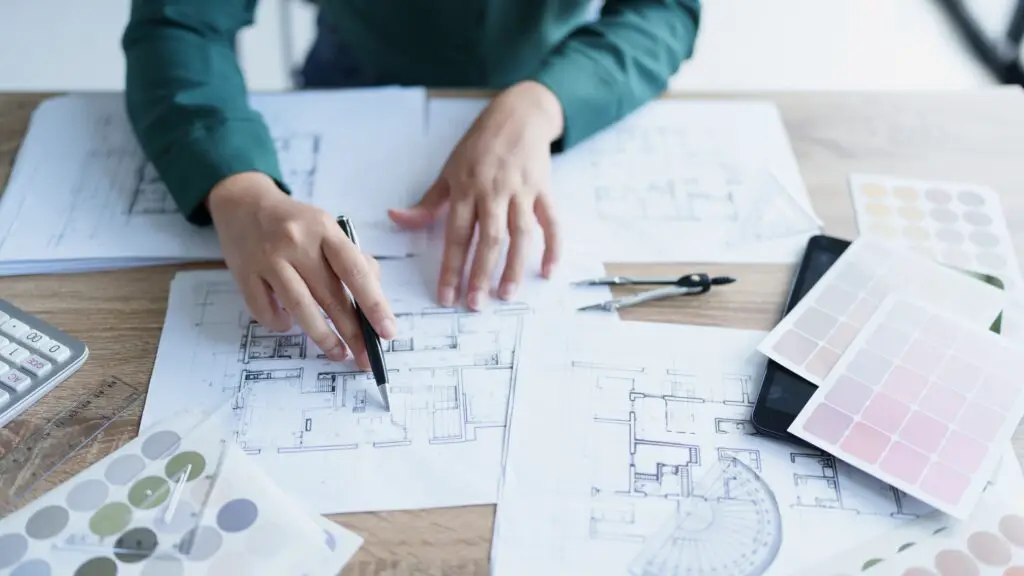
Gone are the days when loud colors dominated home design. For 2025, designers are embracing neutral tones with depth—think creamy whites, greige, and soft earthy hues. These colors create a calming atmosphere while leaving room for creativity through accents. A neutral palette also ages gracefully, making it a timeless choice. Pair it with natural textures like linen, wood, or stone to add character and warmth to your space.
2. Lighting Should Be Layered, Not Just Functional
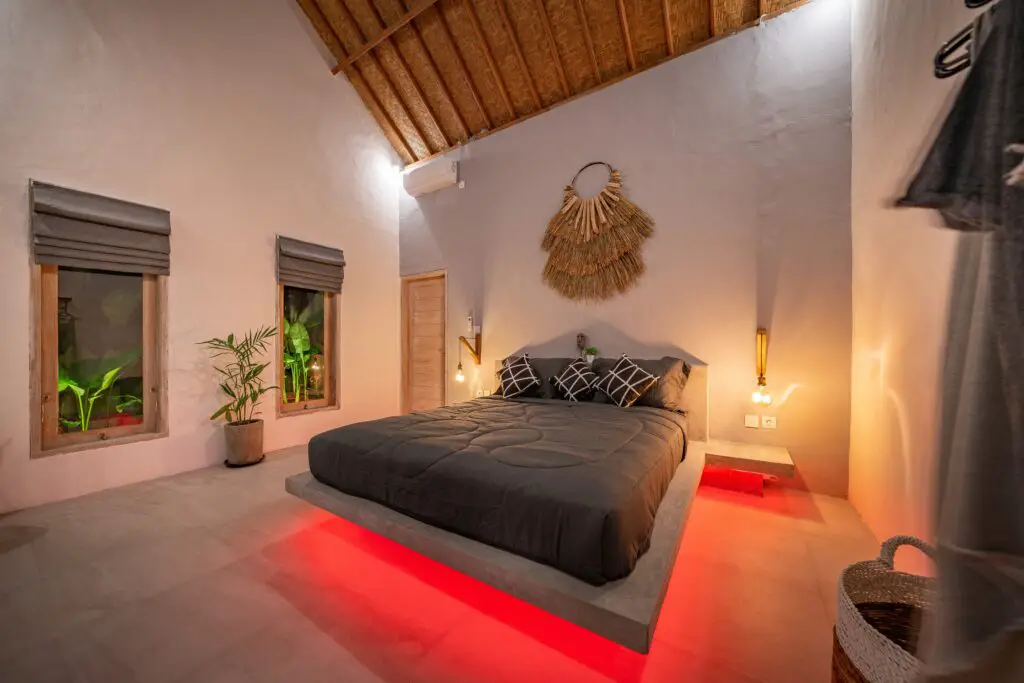
Lighting isn’t just about illuminating a room; it’s about creating an ambiance. Designers insist on a layered approach: ambient lighting for overall brightness, task lighting for specific activities, and accent lighting to highlight architectural features or art. This trio ensures your space feels cozy and functional. Use dimmers to control the mood, and don’t underestimate the impact of statement fixtures—they’re like jewelry for your home.
3. Scale Matters More Than You Think
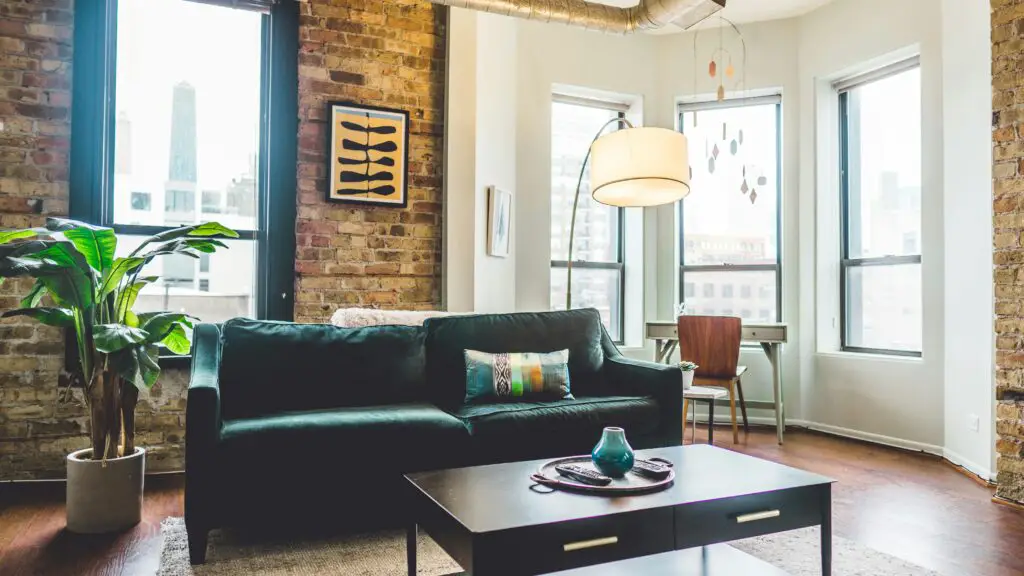
Choosing furniture that fits the scale of your space is critical. Oversized pieces in small rooms can feel claustrophobic, while tiny furniture in a large room looks lost. Designers recommend measuring your space and mapping it out before you shop. Proportionate furniture ensures a harmonious flow and enhances functionality. Don’t forget to leave breathing room; your furniture should complement, not crowd, the space.
4. Mix, Don’t Match
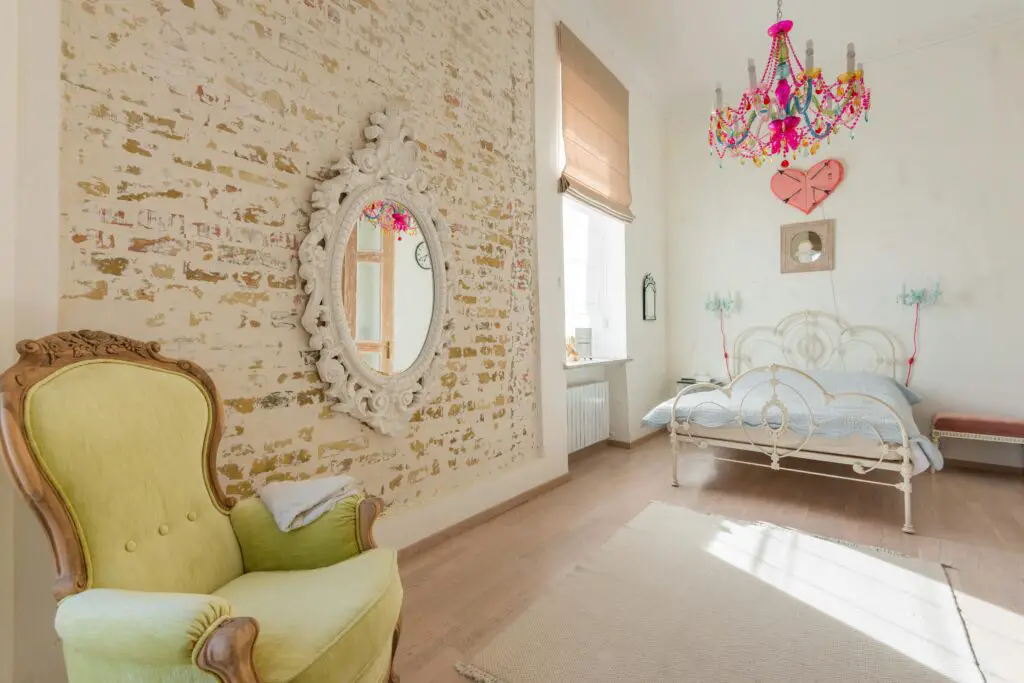
Perfectly matched furniture sets are a thing of the past. The 2025 trend is all about mixing styles, textures, and eras to create a personalized, layered look. Pair a sleek modern sofa with a vintage coffee table or a rustic bench under a contemporary art piece. This approach tells a story about you and keeps your home from feeling like a showroom. Embrace imperfections—they add soul to your design.
5. Functionality Is Non-Negotiable

No matter how beautiful a piece is, it needs to serve a purpose. Designers are prioritizing multifunctional furniture, especially for small spaces. Think ottomans that double as storage, extendable dining tables, or desks with built-in charging stations. A functional space doesn’t just look good; it works hard for you. Keep your lifestyle in mind when choosing pieces, ensuring they align with how you live.
6. Natural Materials Are Always In Style
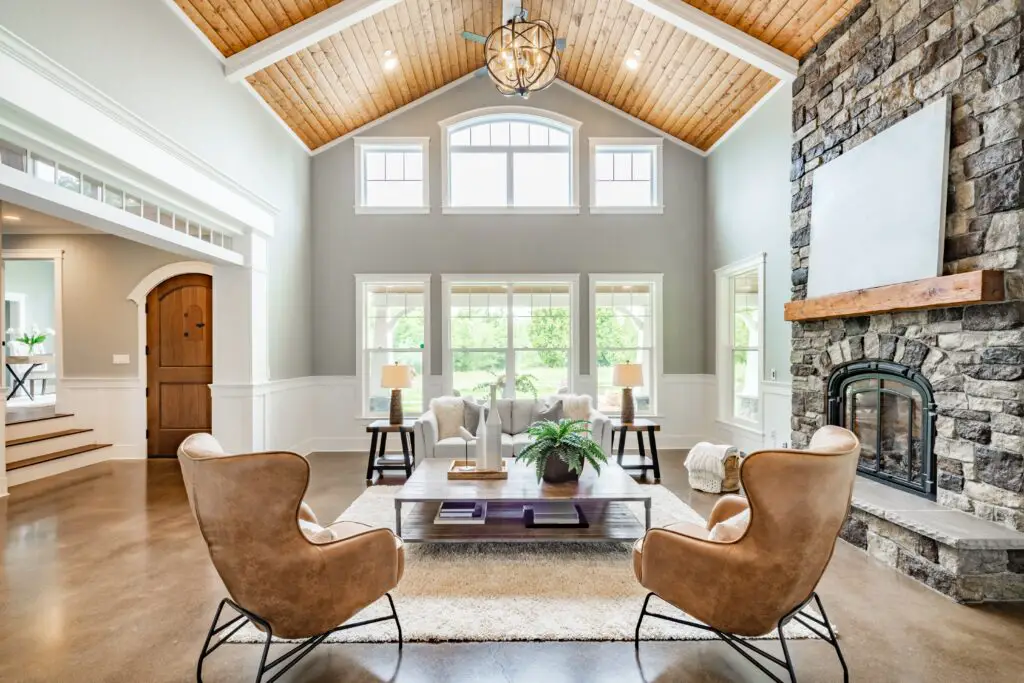
Natural materials like wood, stone, and wool have a timeless appeal and are big for 2025. They add warmth and texture while connecting your home to the environment. Designers suggest incorporating these materials through furniture, flooring, or accents like vases and baskets. Bonus: natural materials age beautifully, developing character over time. Sustainable sourcing is key, so look for eco-friendly options.
7. Don’t Skimp on Rugs
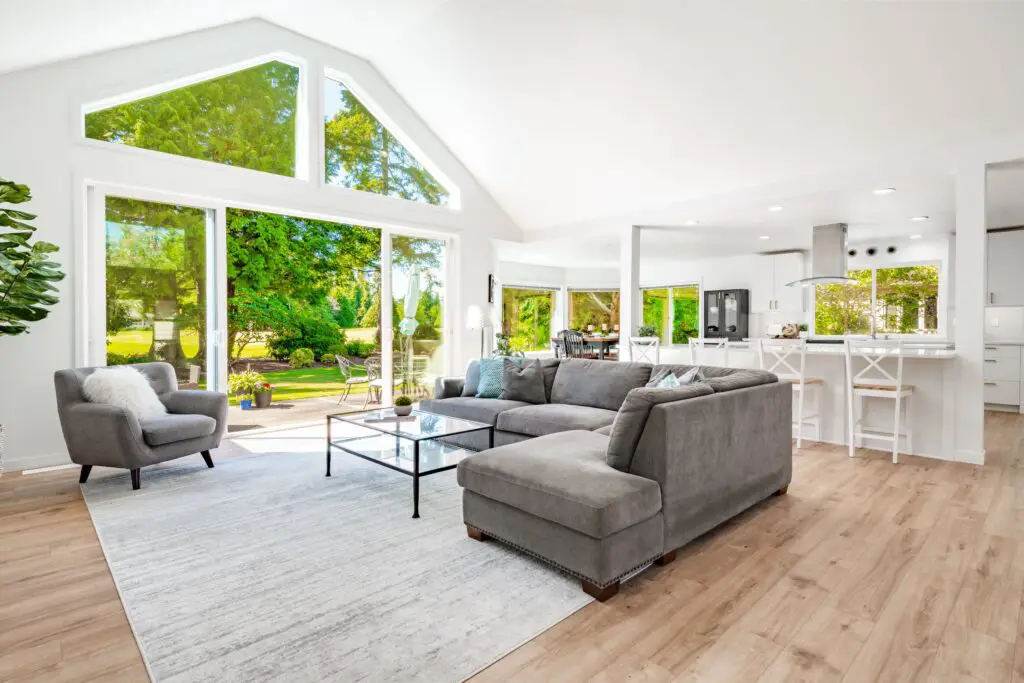
A rug can make or break a room. Designers emphasize getting the right size—it should be big enough to anchor your furniture, with at least the front legs of sofas or chairs on it. Rugs add texture, define spaces, and can even absorb sound. Don’t be afraid to play with patterns or colors, but ensure they complement your overall palette. Investing in a quality rug can transform your space instantly.
8. Art Isn’t Optional
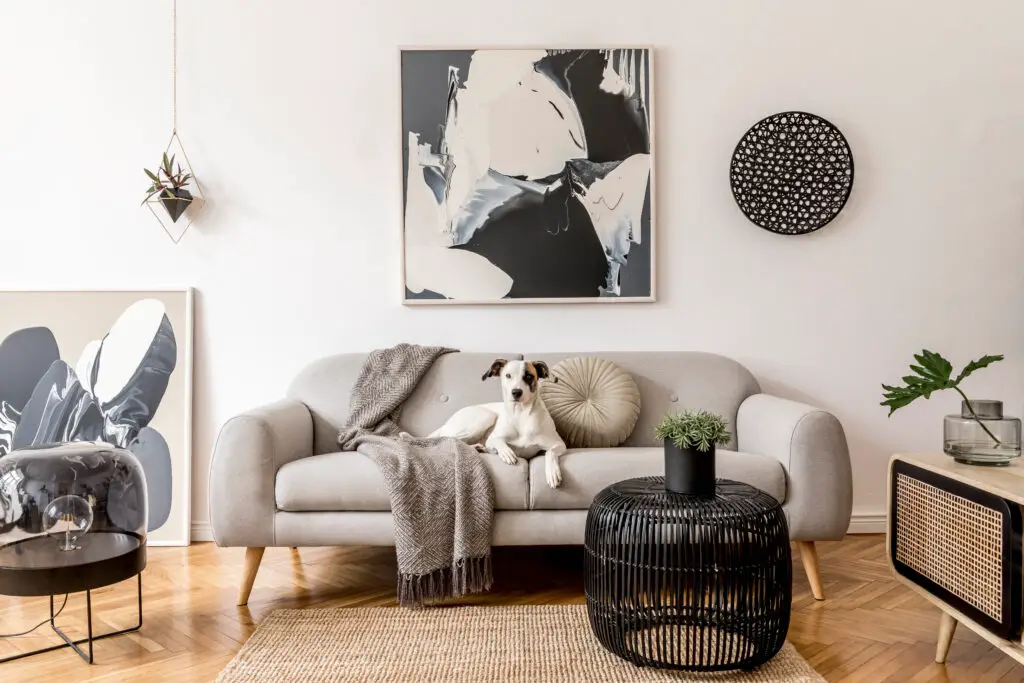
Every room deserves a focal point, and art is the easiest way to achieve that. Designers encourage selecting pieces that resonate with you, whether they’re from local artists or a cherished DIY project. Art doesn’t have to be expensive, but it should be intentional. Play with placement—gallery walls, oversized canvases, or leaning art against walls are all trendy options. Art adds personality and ties your design together.
9. Curtains Should Kiss the Floor
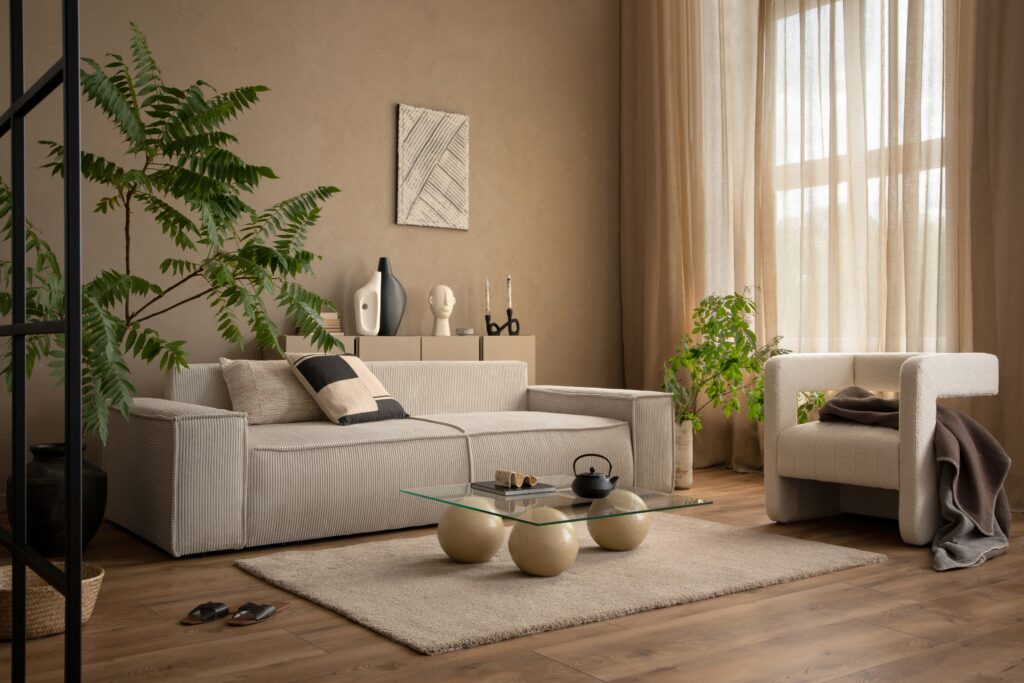
Short curtains are a big no-no in design circles. Floor-length drapes instantly elevate a room, making it feel taller and more refined. Choose fabrics that suit the room’s purpose—sheer linens for a breezy vibe, or heavy velvets for drama and insulation. Designers suggest hanging curtains high and wide to frame windows beautifully. The result? A polished, pulled-together look.
10. Plants Are Non-Negotiable
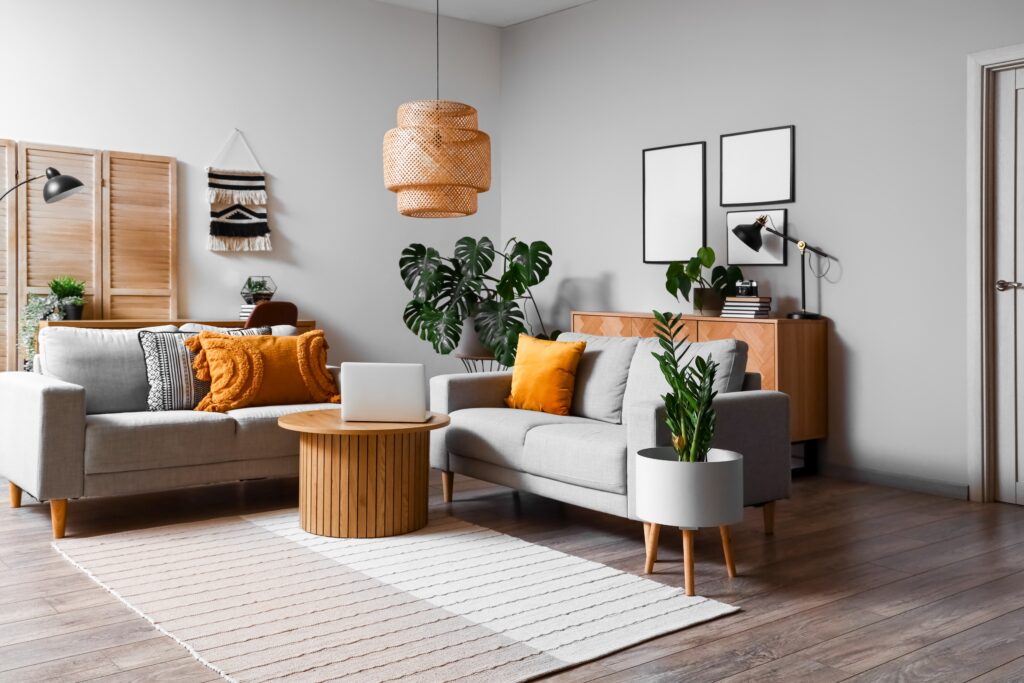
Houseplants are more than a design trend—they’re a lifestyle. Designers are doubling down on greenery for 2025, not just as decor but as a way to purify the air and add life to a room. Even if you lack a green thumb, low-maintenance options like snake plants or pothos are easy wins. Place them strategically—on shelves, in corners, or as table centerpieces—to soften hard lines and bring nature indoors.
11. Accent Walls Are Back, Subtly
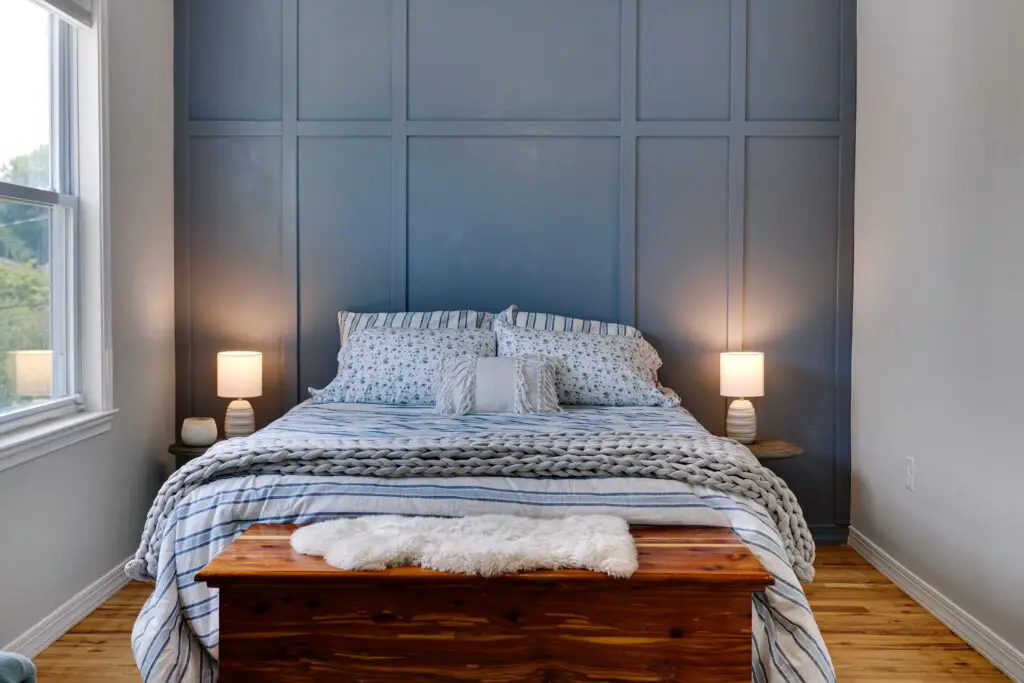
Accent walls are making a refined comeback. Instead of bold colors, designers are opting for textured finishes like limewash, wallpaper, or wood paneling. These options add dimension without overwhelming the space. Use accent walls to highlight architectural features or create a cozy nook. The key is subtlety—your accent should enhance, not overpower, the room.
12. Decluttering Is Design
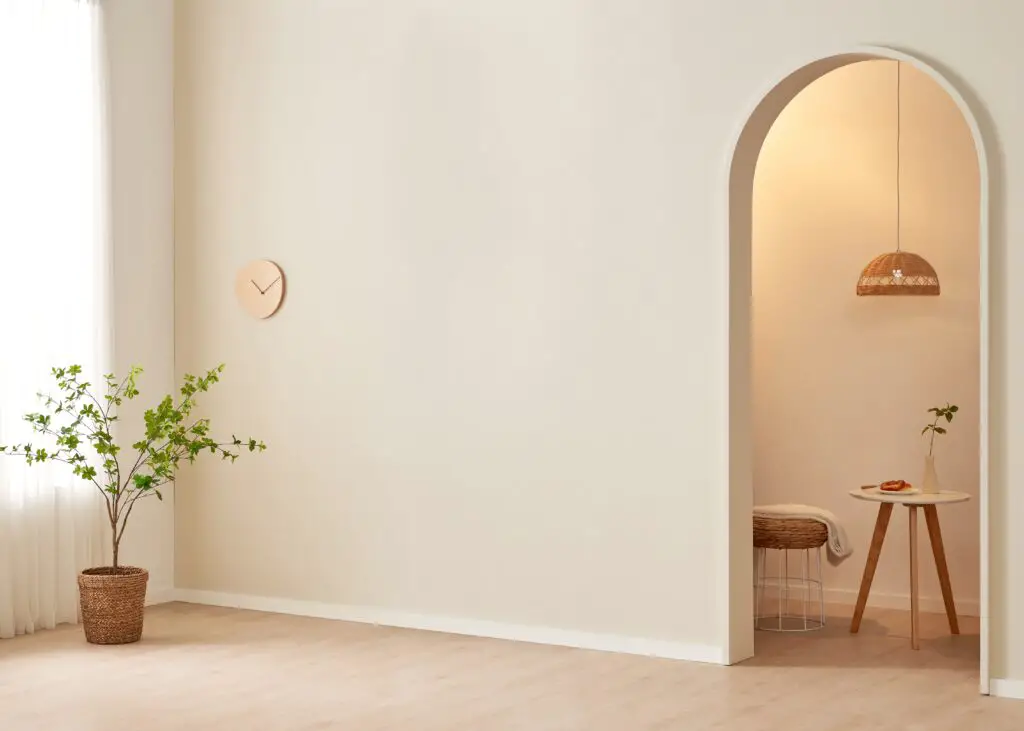
A clutter-free space is inherently more inviting. Designers are leaning into the “less is more” philosophy, focusing on intentionality over abundance. Instead of filling shelves with knick-knacks, select a few meaningful pieces that stand out. Smart storage solutions, like built-ins or stylish baskets, can hide the mess while maintaining the aesthetics. A tidy space feels bigger, brighter, and more relaxing.
13. Personalization Is the Ultimate Luxury

Cookie-cutter design is out; personalized touches are in. This could be as simple as framing family photos or as bold as commissioning custom furniture. Designers believe your home should reflect your story, not just follow trends. Layer in mementos from travels, heirloom pieces, or DIY projects. These details make your home uniquely yours and a space you’ll truly love.
14. Outdoor Spaces Deserve Attention
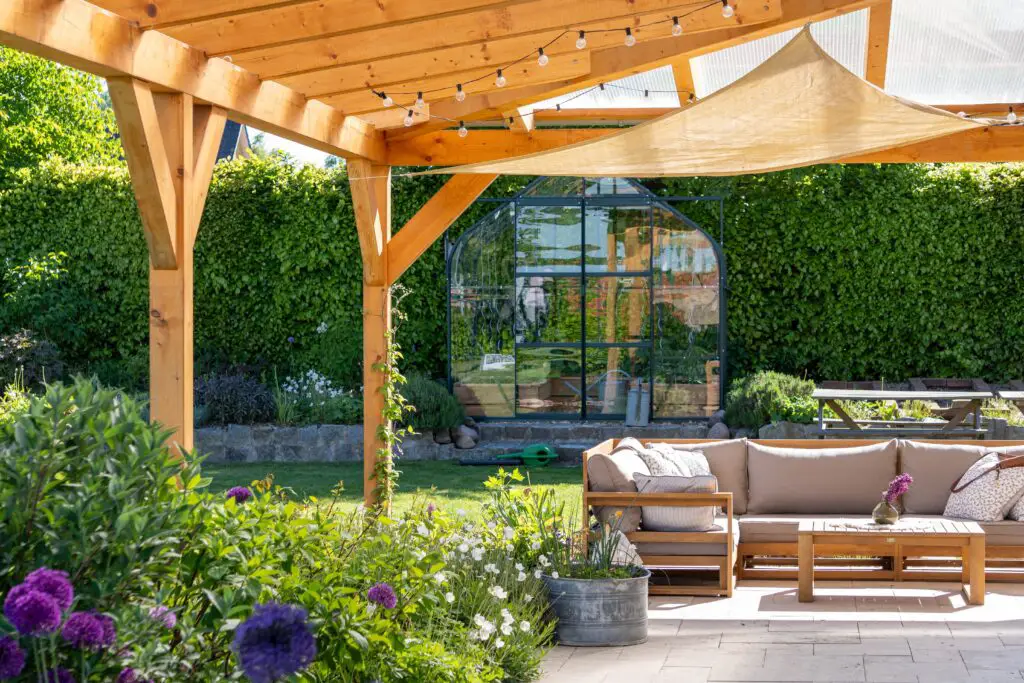
With a continued focus on indoor-outdoor living, your patio or balcony deserves as much thought as your living room. Designers are turning outdoor spaces into extensions of the home, complete with comfortable seating, durable rugs, and mood lighting. Think fire pits, cozy throws, and lots of greenery. A well-designed outdoor area isn’t just visually appealing—it becomes an extra room for relaxing or entertaining.
